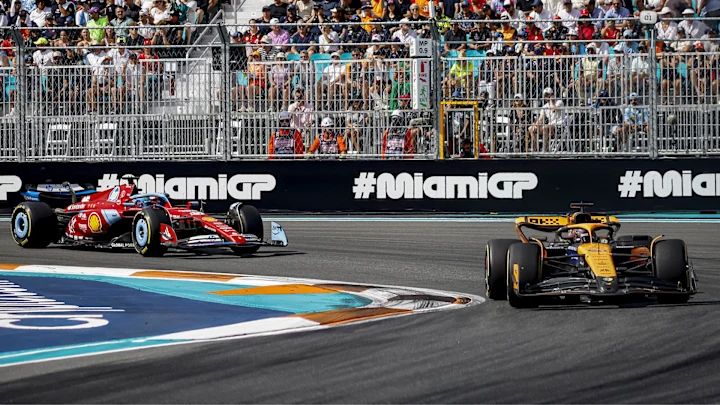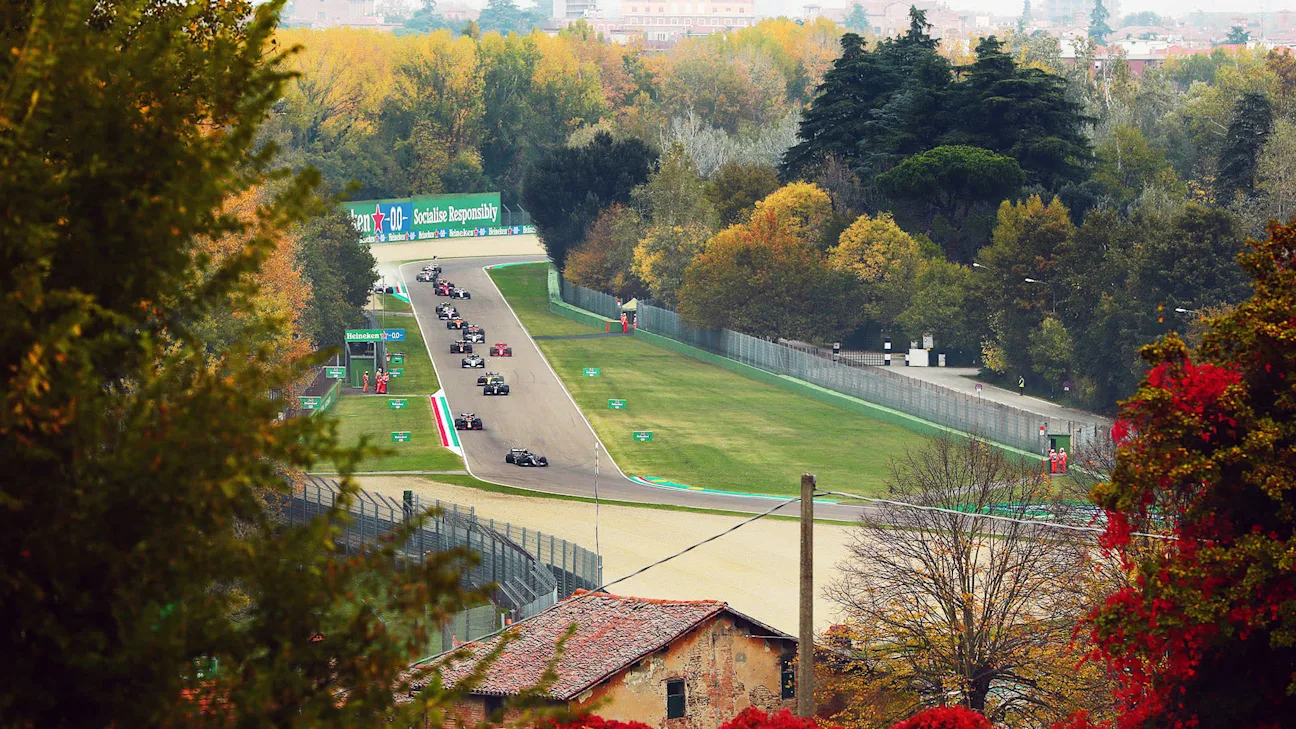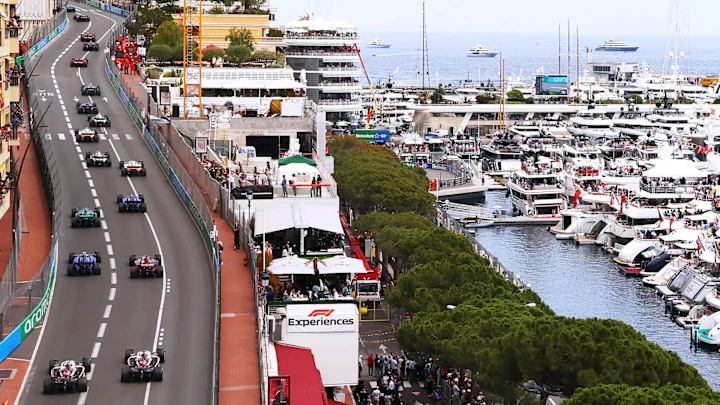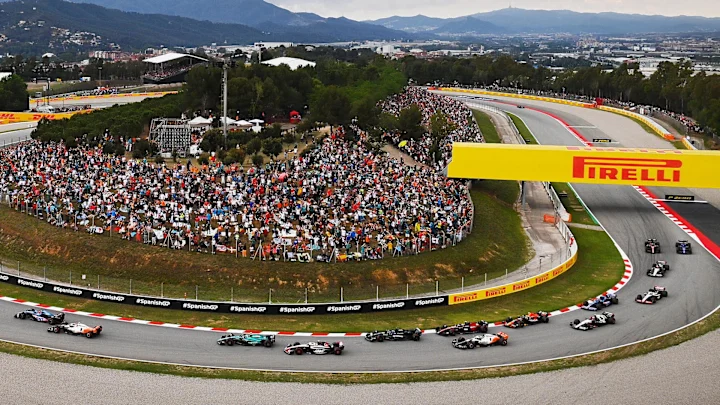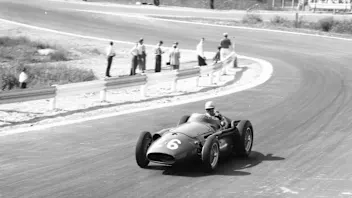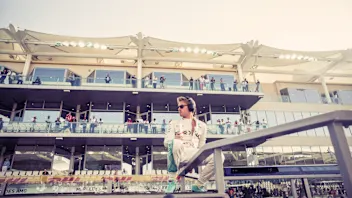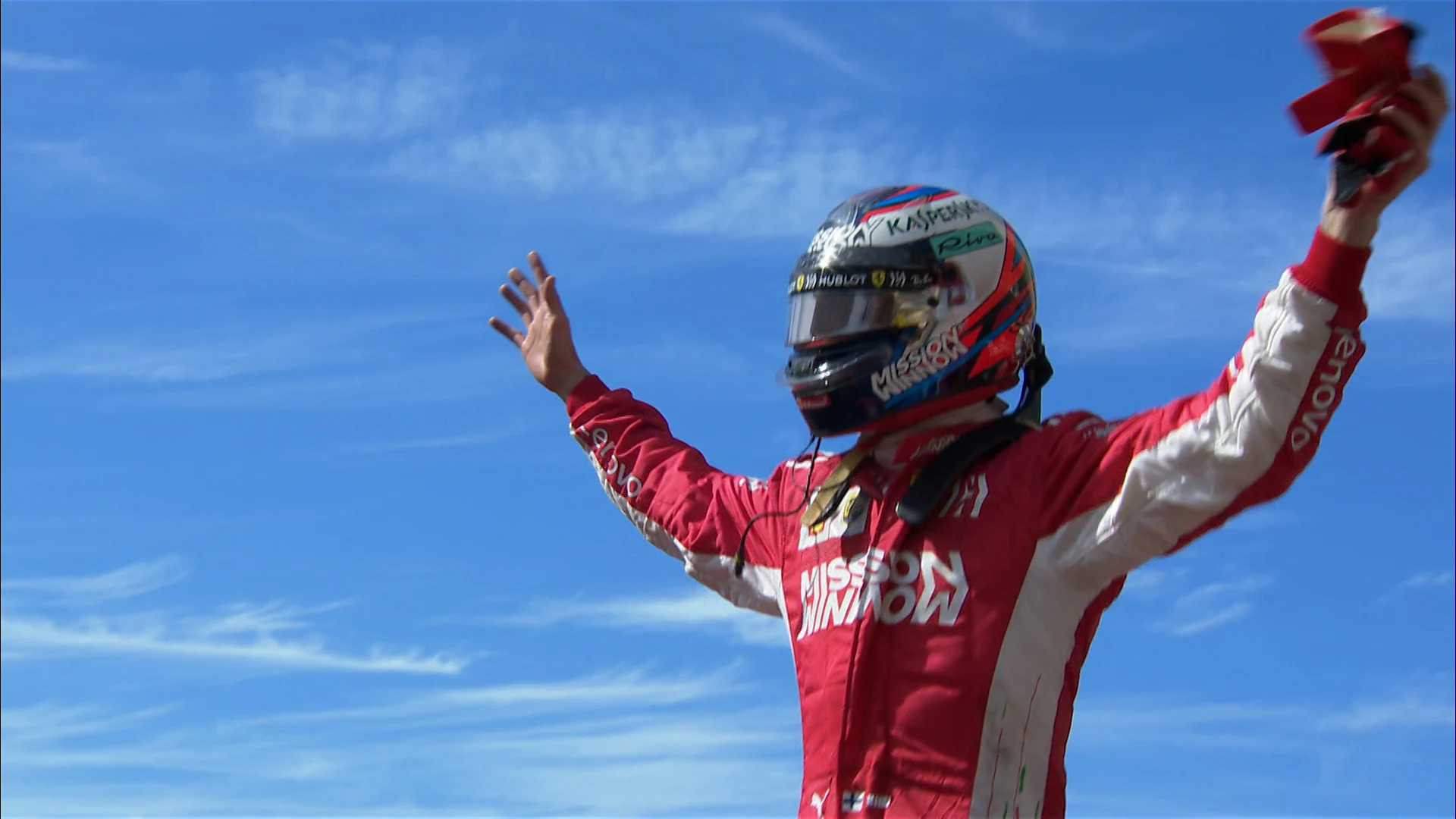
Since 1981,[67] Formula One teams have been required to build the chassis in which they compete, and consequently the terms "team" and "constructor" became more or less interchangeable. This requirement distinguishes the sport from series such as the IndyCar Series which allows teams to purchase chassis, and "spec series" such as GP2, which require all cars be kept to an identical specification. It also effectively prohibits privateers, which were common even in Formula One well into the 1970s.
The sport's debut season, 1950, saw eighteen teams compete, but due to high costs many dropped out quickly. In fact, such was the scarcity of competitive cars for much of the first decade of Formula One that Formula Two cars were admitted to fill the grids. Ferrari is the oldest Formula One team, the only still-active team which competed in 1950.
This role involves generally managing the logistics of each F1 Grand Prix, inspecting cars in parc fermé before a race, enforcing FIA rules and controlling the lights which start each race. As the head of the race officials, the race director also plays a large role in sorting disputes amongst teams and drivers. Penalties, such as drive-through penalties (and stop-and-go penalties), demotions on a pre-race start grid, race disqualifications, and fines can all be handed out should parties break regulations. Up to 2019, the race director in Formula One was Charlie Whiting, who died in March 2019.[60]




